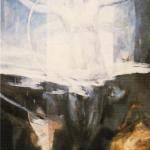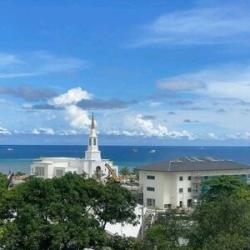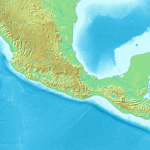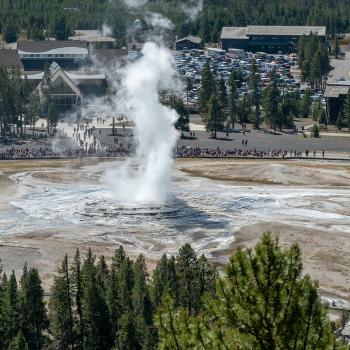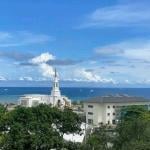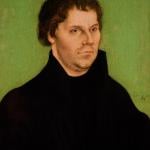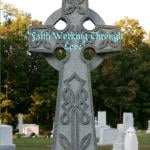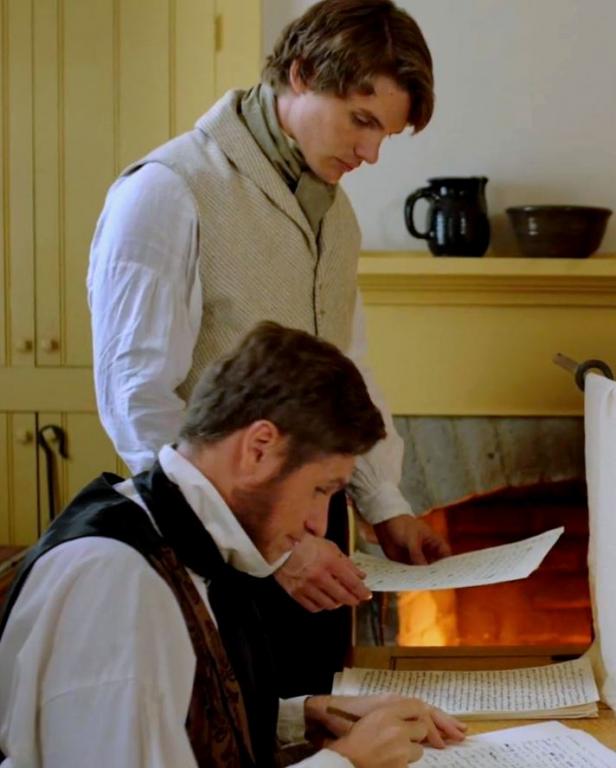
As a small constituent part of a long-term project that I’m working on, I’ll be extracting notes over the next several weeks or (more likely) months from John W. Welch, ed., Reexploring the Book of Mormon: A Decade of New Research (Salt Lake City and Provo: Deseret Book, 1992), and intermittently sharing them here. They represent the state of the questions as of the early 1990s and, in many cases, they will need to be fleshed out with whatever developments may have occurred over the past thirty-three years. (It’s also possible that, in a few cases, subsequent developments will have negated them altogether.) But that is a task for another time (or times). These are notes — including bibliographical hints for future reading — that I’m compiling for my own use, but I hope that some of you will find them of interest.
John W. Welch, with Tim Rathbone, “How Long Did It Take to Translate the Book of Mormon?” (1-8)
Under either theory, a span of no more than sixty-five to seventy-five total days was likely involved in translating the Book of Mormon as we now have it, for an overall average of about seven to eight pages per day, conservatively estimated. At such a pace, only about a week could have been taken to translate all of 1 Nephi; a day and half for King Benjamin’s speech.
Moreover, Joseph and Oliver could not spend all of that time concentrating on the translation. They also took time to eat, to sleep, to seek employment (once, to work for money when supplies ran out), to receive the Aaronic and Melchizedek priesthoods, to make at least one (and possibly two) trips to Colesville thirty miles away, to convert and baptize Hyrum and Samuel Smith (who came to Harmony at that time), to receive and record thirteen revelations that are now sections of the Doctrine and Covenants, to move on buckboard from Harmony to Fayette, to acquire the Book of Mormon copyright, to preach a few days and baptize several people near Fayette, to experience manifestations with the Three and Eight Witnesses, and to begin making arrangements for the Book of Mormon’s publication. . . .
Considering the Book of Mormon’s theological depth, historical complexity, consistency, clarity, artistry, accuracy, and profundity, the Prophet Joseph’s translation is a phenomenal achievement—even a miraculous feat. (3-4)
Royal Skousen, “The Original Book of Mormon Transcript” (9-12)
When Joseph Smith translated the Book of Mormon in the spring of 1829, he dictated the text line by line. An examination of the Original Manuscript reveals that Joseph Smith, as he translated, apparently never went back to cross out, revise, or modify. The manuscript pages contain the words written by Joseph’s scribes (primarily Oliver Cowdery) as the Prophet spoke the translation. (10)
John A. Tvedtnes, “Colophons in the Book of Mormon” (13-17)
From the day the Book of Mormon was published in 1830, some readers have been struck by its distinctive modes of expression. Many of the oddities thought at first to be signs of ignorance or awkwardness turn out on closer inspection to be traces of ancient authenticity. “Colophons” in the Book of Mormon illustrate this. (13)
These textual elements functioned in antiquity somewhat like a copyright or seal of approval. (13)
They serve as markers and natural divisions in the [Book of Mormon] text. In a way, they take the place of paragraphs, punctuation, and other modern writing devices not used in antiquity. (14)
This feature of the text shows not only the remarkable complexity of the Book of Mormon, but also the great efforts made by its writers and editors to make the record as clear as possible. (16)
The topic is discussed at greater length in John A. Tvedtnes, “Colophons in the Book of Mormon,” in John Sorenson and Melvin Thorne, eds., Rediscovering the Book of Mormon (Salt Lake City, Utah: Deseret Book and F.A.R.M.S., 1991), 32-37. See also Hugh Nibley, Lehi in the Desert, in The Collected Works of Hugh Nibley (Salt Lake City, Utah: Deseret Book and F.A.R.M.S., 1988), 5:17-19.
John L. Sorenson and Robert F. Smith, “Two Figurines From the Belleza and Sanchez Collection” (18-20)
In light of the fact that Lehi and Nephi knew Egyptian and probably had traveled to the land of the Nile, what would you think if archaeologists found ancient Egyptian figurines in Central America? At least it would show that ancient ocean crossings, like Lehi’s, were possible.
About twenty-five years ago, Gareth W. Lowe, Director of the BYU-New World Archaeological Foundation, photographed two figurines located in a display case in the Museo Nacional “David J. Guzman” in San Salvador, El Salvador, and he sent copies to John Sorenson. According to the display caption, the figurines were excavated from three meters in depth from the eastern beaches of Acajutla, Sonsonate, El Salvador, on the Pacic coast near the Guatemala-El Salvador border.
Both figurines clearly belong to a class of ancient Egyptian funerary statuettes known as ushabti. Both are incised with hieroglyphic Egyptian texts: (A) a male holding in his hands portions of the Book of the Dead that refer to the Netherworld and its obstacles, and (B) Osiris, the crowned and bearded god of death and resurrection, with a royal cartouche and then his name in a vertical column. All Egyptians sought in death to identify with Osiris so that they too might be resurrected as he had been. More text may be inscribed on the backs, but detailed photos are necessary for closer study.
Ushabtiu figurines were popular for much of Egyptian history, including the time of Lehi and Nephi (the Saitic Dynasty). Why these two examples should have shown up in El Salvador, though, is a matter for speculation. We cannot be certain where they rst surfaced, since they were not examined in place by archaeologists.
A photograph of the two figurines occurs on page 20. See also Revista del Departamento de Historia [San Salvador, El Salvador] 1, no. 3 (March 1930): 15. But has this initial report held up? That needs to be determined before any weight can be placed upon it. If two authentic ushabti figurines were actually found at archaeological depth in El Salvador, that is of potentially enormous importance. But I, at least, have heard nothing about the two figurines since the early 1990s.

(Wikimedia Commons public domain image)
But now, it’s my sorrowful duty to inform you, the time has come for an item from the Christopher Hitchens Memorial “How Religion Poisons Everything” File™: I judge it highly likely that adherence to the Latter-day Saints’ silly “Word of Wisdom” tends, on balance, to interfere with the increasing frequency of impaired-driving incidents, thus making our streets and highways more boring as well damaging the collision-repair industry and perhaps even reducing employment opportunities in hospital emergency rooms: “Perspective: The latest troubling trend in impaired driving: After years of decline, drunk-driving accidents are up — and so are cannabis-related crashes”


